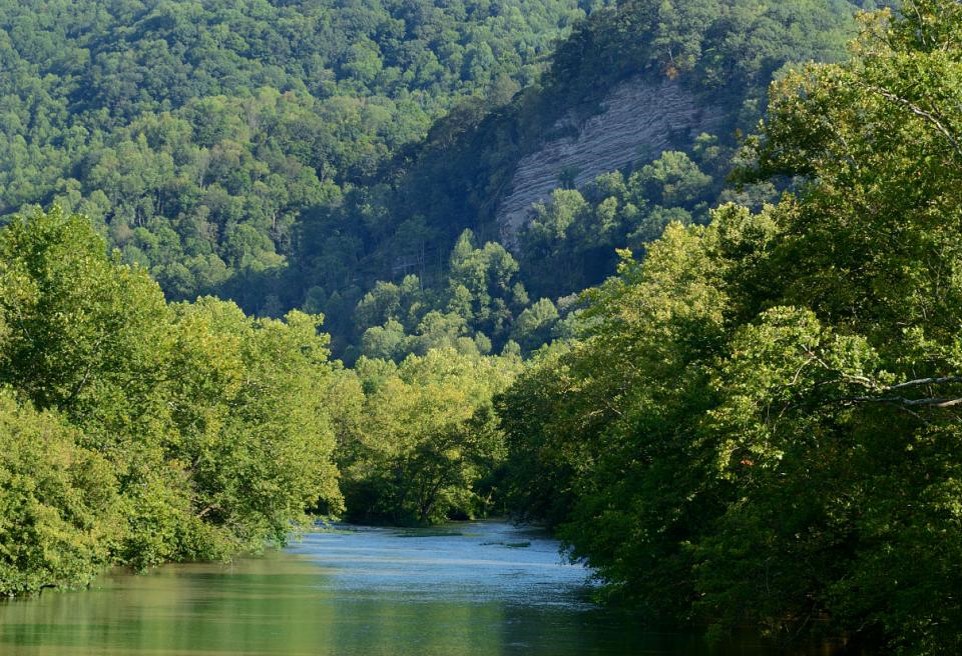
 Department of Conservation and Recreation
Department of Conservation and Recreation
Conserve. Protect. Enjoy.
 Department of Conservation and Recreation
Department of Conservation and Recreation
By Emi EndoPosted March 09, 2022

The rugged Clinch River, which flows southwest from Virginia into the upper Tennessee River basin, is one of the most significant biodiversity hotspots on Earth.
Thanks to a donation from The Nature Conservancy, 258 acres along the Clinch – including 4,716 feet of river frontage – is now permanently dedicated under state ownership as part of the Pinnacle Natural Area Preserve in Russell County.
"This donation from the Virginia chapter of The Nature Conservancy expands Pinnacle Natural Area Preserve and lies adjacent to some of the highest quality, globally significant freshwater mussel shoals on the Clinch,” said Jason Bulluck, director of the Virginia Natural Heritage Program at the Department of Conservation and Recreation, which manages the state’s natural area preserve system. “In addition to supporting the significant ecological integrity of these healthy waters, the Pucketts Hole to Nash Ford stretch is often referred to as the Clinch River gorge and offers some of the most challenging, rewarding and scenic opportunities for paddling on the river."
"The Clinch River is a crown jewel for biodiversity in North America and a centerpiece in Southwest Virginia’s incredible bounty of outdoor recreational assets," said Brad Kreps, director of The Nature Conservancy’s Clinch Valley Program. "We are pleased to continue our efforts to protect important lands along the river in partnership with the Department of Conservation and Recreation."
The addition to the preserve protects buffer land along more than 9,300 feet of tributary streams that flow into the Clinch, home to one of the most diverse fish and mussel fauna in the world. This aquatic area supports 48 imperiled or vulnerable species (29 mussels and 19 fish). In addition, other rare species such as the hellbender (a large, aquatic salamander), loggerhead musk turtle, and the green-faced clubtail (dragonfly) occur in the Clinch.
The Pinnacle expansion, finalized on Feb. 11, also helped to push the total acreage of Virginia’s natural area preserve system past the 60,000 acre mark (to 60,099 acres, to be exact).
What’s even more significant is that accepting the donation of this land has enabled the agency to qualify for additional grant funding from the U.S. Fish and Wildlife Service.
In partnership with the Virginia Department of Wildlife Resources, DCR will participate in the federal government’s Recovery Lands Acquisition program, which supports the recovery of imperiled species. That means that the state will have access to grant funds to conserve additional lands for habitat recovery in other parts of the Clinch-Powell watershed such as expanding The Cedars Natural Area Preserve.
“The conservation and restoration of habitat in the Upper Tennessee River system is one of our top priorities for supporting the incredible diversity of wildlife that lives in Virginia, particularly in those rivers,” said Becky Gwynn, deputy director of the Department of Wildlife Resources. “Partnerships like this one with The Nature Conservancy and Department of Conservation and Recreation are a very important part of that success.”
Categories
Conservation | Land Conservation | Natural Heritage

